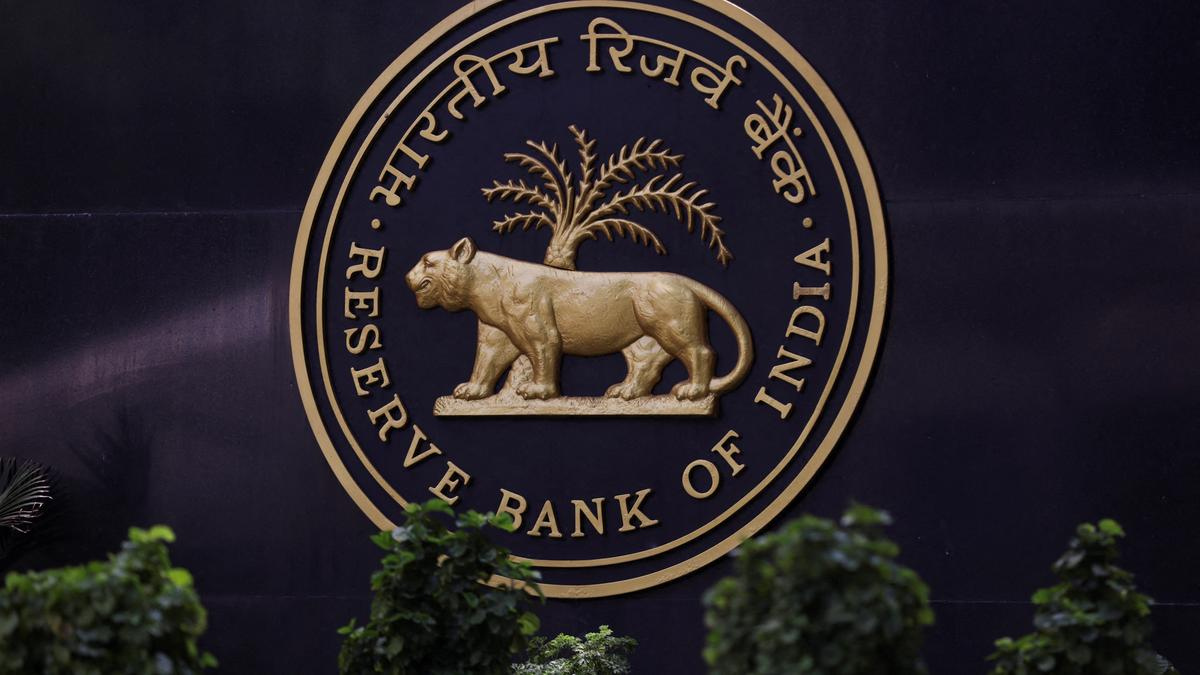On March 26, 2025, the Reserve Bank of India (RBI) announced penalties on HDFC Bank, Punjab & Sind Bank, and KLM Axiva Finvest for deficiencies in regulatory compliance. The penalties have been imposed due to non-compliance with specific RBI directives, particularly in areas related to Know Your Customer (KYC), financial inclusion, and banking regulations.
Details of RBI Penalties
The Reserve Bank of India issued separate statements outlining the reasons and amounts of penalties imposed on the three financial institutions.
1. HDFC Bank – ₹75 Lakh Penalty
The RBI has levied a penalty of ₹75 lakh on HDFC Bank for non-compliance with its Know Your Customer (KYC) directives. KYC norms are crucial for maintaining transparency in banking operations and preventing fraudulent activities such as money laundering and identity theft.
- HDFC Bank was found in violation of specific KYC requirements.
- The penalty underscores the importance of adherence to RBI’s regulatory guidelines.
2. Punjab & Sind Bank – ₹68.20 Lakh Penalty
The RBI has also imposed a penalty of ₹68.20 lakh on Punjab & Sind Bank due to non-compliance with multiple banking directives. The violations include:
- Failure to comply with the ‘Creation of a Central Repository of Large Common Exposures – Across Banks’. This directive ensures that banks maintain transparency in large corporate exposures, reducing financial risks.
- Non-compliance with the ‘Financial Inclusion – Access to Banking Services – Basic Savings Bank Deposit Account (BSBDA)’. The RBI’s financial inclusion guidelines aim to promote universal banking access for all sections of society, particularly economically weaker segments.
3. KLM Axiva Finvest – ₹10 Lakh Penalty
A penalty of ₹10 lakh has been imposed on KLM Axiva Finvest, a non-banking financial company (NBFC), for failure to comply with RBI’s regulations related to declaration of dividends. NBFCs are required to follow specific norms while distributing dividends to ensure financial stability and compliance with the central bank’s prudential guidelines.
Significance of RBI’s Action
1. Strengthening Regulatory Compliance
The penalties highlight the RBI’s commitment to maintaining stringent banking regulations to ensure financial institutions adhere to governance standards.
2. Promoting Financial Stability
By enforcing penalties for non-compliance with KYC norms and financial inclusion directives, RBI aims to strengthen the banking sector’s integrity and prevent financial frauds and systemic risks.
3. Message to the Banking Sector
The RBI clarified that these penalties are based on deficiencies in regulatory compliance and do not question the legitimacy of customer transactions. However, the action serves as a warning to banks and financial institutions to ensure full compliance with regulatory norms.
Summary of the News
| Aspect | Details |
|---|---|
| Why in News? | RBI imposed penalties on HDFC Bank, Punjab & Sind Bank, and KLM Axiva Finvest for regulatory non-compliance. |
| HDFC Bank Penalty | ₹75 lakh penalty for non-compliance with Know Your Customer (KYC) guidelines. |
| Punjab & Sind Bank Penalty | ₹68.20 lakh penalty for failure to create a central repository for large common exposures and non-compliance with financial inclusion norms. |
| KLM Axiva Finvest Penalty | ₹10 lakh penalty for non-compliance with dividend declaration requirements. |
| RBI’s Clarification | Penalties are imposed for regulatory deficiencies, not for questioning the validity of customer transactions. |



 Weekly One Liners 15th to 21st of Decemb...
Weekly One Liners 15th to 21st of Decemb...
 World Basketball Day 2025 Celebrates Bas...
World Basketball Day 2025 Celebrates Bas...
 UN Celebrates Second World Meditation Da...
UN Celebrates Second World Meditation Da...







